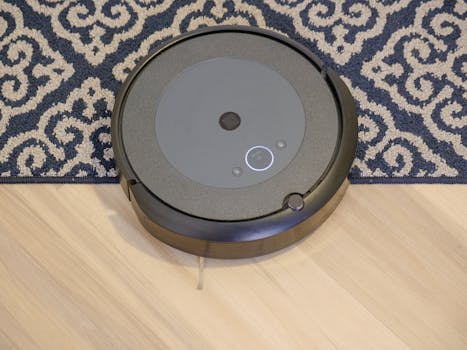Smart Homes and Smart Living: The Technological Transformation of European Homes by 2025
Smart Homes and Smart Living is revolutionizing the way we live, work, and interact with our homes. With the increasing demand for convenience, efficiency, and sustainability, European homes are undergoing a significant transformation. By 2025, we can expect to see widespread adoption of smart home technologies, changing the face of European homes forever.
Introduction to Smart Homes and Smart Living
Smart homes and smart living refer to the integration of technology and automation in homes to make them more efficient, convenient, and sustainable. This includes a range of technologies such as home automation systems, energy management systems, security systems, and more. The goal of smart homes and smart living is to create a seamless and comfortable living experience for homeowners, while also reducing energy consumption and environmental impact.
Technological Advancements in Smart Homes
Several technological advancements are driving the transformation of European homes. Some of the key technologies include:
- Internet of Things (IoT): IoT refers to the network of physical devices, vehicles, home appliances, and other items that are embedded with sensors, software, and connectivity, allowing them to collect and exchange data.
- Artificial Intelligence (AI): AI is being used in smart homes to learn occupants’ habits and preferences, and to automate various tasks such as temperature control, lighting, and security.
- 5G Networks: The rollout of 5G networks is expected to enable faster and more reliable connectivity, supporting the widespread adoption of smart home technologies.
Benefits of Smart Homes and Smart Living
The benefits of smart homes and smart living are numerous. Some of the key advantages include:
- Energy Efficiency: Smart homes can optimize energy consumption, reducing waste and lowering energy bills.
- Convenience: Smart homes can automate various tasks, making life easier and more convenient for homeowners.
- Security: Smart homes can enhance security, with features such as motion detection, video surveillance, and alerts.
- Sustainability: Smart homes can reduce environmental impact, with features such as energy-efficient appliances, recycling systems, and sustainable materials.
Challenges and Limitations
While smart homes and smart living offer many benefits, there are also challenges and limitations to consider. Some of the key challenges include:
- Cybersecurity: Smart homes are vulnerable to cybersecurity threats, which can compromise homeowner data and security.
- Interoperability: Different smart home devices and systems may not be compatible, making integration and automation challenging.
- Cost: Smart home technologies can be expensive, making them inaccessible to many homeowners.
Conclusion
Smart homes and smart living are transforming the way we live, work, and interact with our homes. By 2025, we can expect to see widespread adoption of smart home technologies, changing the face of European homes forever. While there are challenges and limitations to consider, the benefits of smart homes and smart living make them an exciting and promising development for the future of European homes.





